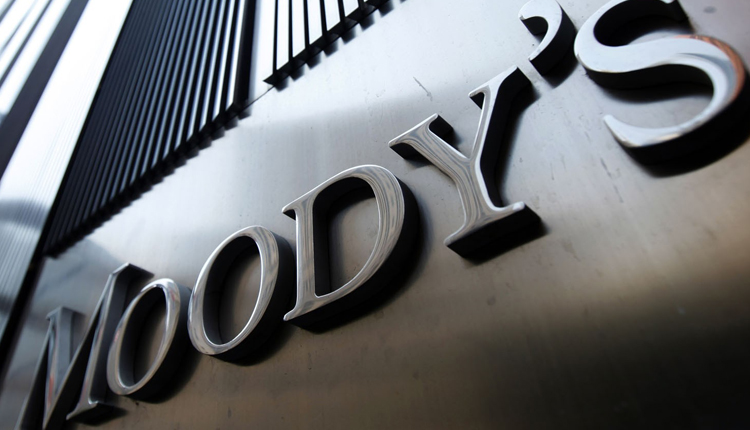The outlook for Egypt’s banking system is stable over the next 12-18 months as the banks maintain high liquidity amid an expanding economy that will help them generate more loans and business, according to Moody’s Investors Service report.
“The economy is growing robustly – we project real GDP growth of 5.8% in 2020 – supported by declining interest rates,” said Constantinos Kypreos, Senior Vice President at Moody’s. “And banks retain good access to stable, deposit-based funding and are very liquid, especially in local currency.”
Moody’s expects banks’ profitability to improve, bolstered by strong balance-sheet growth – with a projected acceleration in credit growth by 12%-15%, supported by declining interest rates and government funding initiatives for the industrial, tourism and mortgage sectors – and by a recovery in net interest margins as high-yielding certificates of deposits offered by state-owned banks mature
But profits will face headwinds from an increase in the effective tax rate, a double-digit rise in costs and lower interest rates that will eventually pressure margins.
Capital levels will remain broadly stable, but Moody’s considers these modest relative to peers. The outlook also recognizes that the operating environment still faces challenges, relating to lengthy bureaucratic processes and infrastructure bottlenecks that weigh on the business environment, while Egypt remains exposed to geopolitical event risks and lingering security risks.
Problem loans will stay broadly stable in view of strong economic growth. Untested new loans (especially to higher-risk small and micro businesses) and a borrower-friendly legal framework leave banks vulnerable to a future economic downturn. Egyptian banks are heavily invested in government securities (33% of banking sector assets as of October 2019) and this links their creditworthiness to the sovereigns.
Nonperforming loans (NPLs) at Egyptian banks dropped to 4.5% of total loans in September 2019 (3.7% for the rated banks), following multi-year central bank initiatives to clear bad loan portfolios at state-owned banks.
“We expect NPLs to stabilize at current levels, supported by the robust economy, the introduction of macro-prudential limits by the Central Bank of Egypt, as well as banks’ use of Egypt Credit Guarantee Company and of the credit bureaus to mitigate risk. Large loans to lower-risk government-related projects and companies also support loan quality, while consumer loans are typically salary-assigned.
NPL levels nevertheless remain vulnerable to a future turn in the economic cycle, especially as new lending to small businesses and micro firms is untested and highly risky. Loans to the tourism sector also remain vulnerable to security threats, and problem loan levels are understated since many banks do not classify exposures to state-owned companies as problematic. Egyptian law is also borrower-friendly.
Egyptian banks reported an aggregate Tier 1 capital ratio of 15.5% and an equity-to-assets ratio of 7.2% as of September 2019. “We typically adjust the risk weights on Egyptian government securities to 100% from zero, in line with the risk associated with the government’s B2 credit rating.
The adjusted Tier 1 ratio drops by around 7 percentage points, and we therefore consider capital buffers to be modest. “Our stress test results and peer analysis comparisons also support this assessment. State-owned banks are more vulnerable since a large part of their capital is in the form of zero-coupon subordinated debt, due for repayment in 2026.”
“We expect reported capital ratios to remain stable as robust internal capital generation is absorbed by high loan growth and rising dividend payouts. The CBE has designated six banks as domestic systemically important banks (D-SIBs) and requires them to hold additional capital of 0.25%-1.25% above the 12.5% regulatory minimum.” — SG
